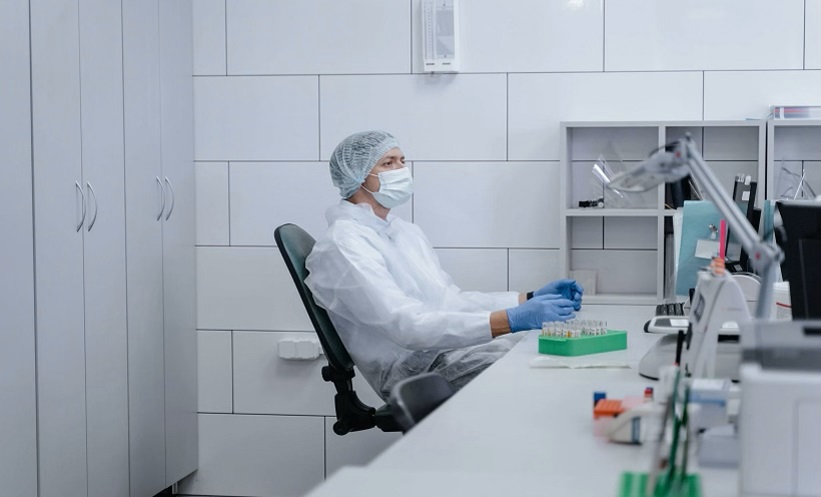ROBUST, sensitive, and simple are all adjectives used to describe a new phenotypic assay test for colistin resistance in the genus Enterobacter. As one of the most dangerous bacteria associated with hospital infections worldwide, this large-scale research provides the opportunity to target antibiotic therapy based on accurate conclusions about the spread of resistance. Current practice applies inaccurate microbiological tests for colistin and other antibiotic resistance in multiple Enterobacter species; partly due to imprecise taxonomic classification of isolates, but also due to a high error rate when determining resistance.
Researchers at the Institute of Medical Microbiology of Justus Liebig University Giessen, Germany, and the German Centre for Infection Research (DZIF), Brunswick, Germany, have solved this problem by conducting an analysis in German university hospitals over a period of 3 years, to clarify relationships between Enterobacter species and to optimise resistance testing. Using genome-based taxonomic studies, researchers found that Enterobacter xiangfangensis was the most frequently occurring species of bacteria in German hospitals. Analysing a data pool of over 3,246 isolates worldwide, for a period of 20 years, they determined that this species accounted for 68.7% of all Enterobacter detected. The current research employed phenotypic assays to determine antibiotic resistance profiles, as recommended by the European Committee on Antimicrobial Susceptibility Testing (EUCAST), and yielded mixed results in regard to colistin resistance. Swapnil Doijad, Friedrich Schiller University, Germany, described the results: “It turned out many isolates were either not or barely resistant in these tests, even though the bacteria carried all the genes necessary for the expression of colistin resistance.” This provoked further investigation on the isolates where resistance was not clearly detectable, using mass spectrometry, allowing the researchers to conclude that genetic variations and interactions in the sensing pathway for environmental pH leads to species-dependent differences in the extent of colistin resistance.
Based on these findings, the researchers were able to develop a new assay that eliminates heteroresistance effects and allows unambiguous, reliable determination of the true level of colistin resistance in isolates. This new method will avoid the current system’s failures when recommending an antibiotic and is expected to pave the way for targeted treatment of Enterobacter species in the future.








